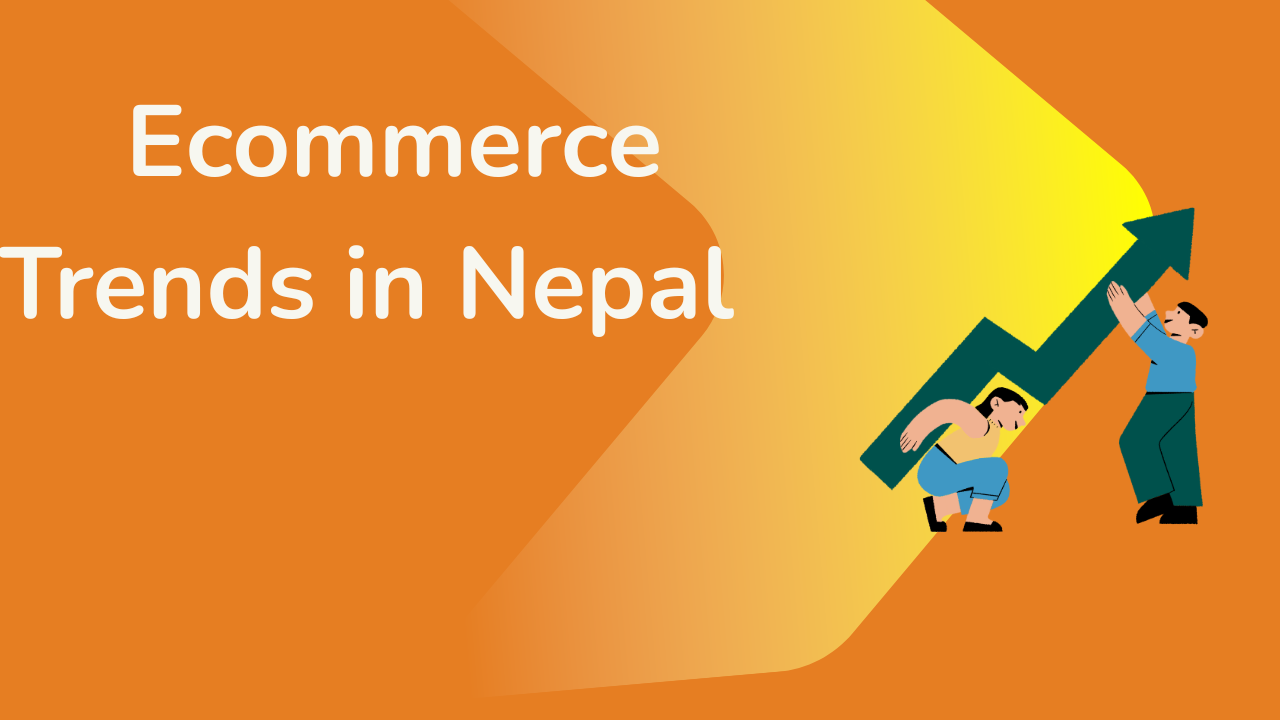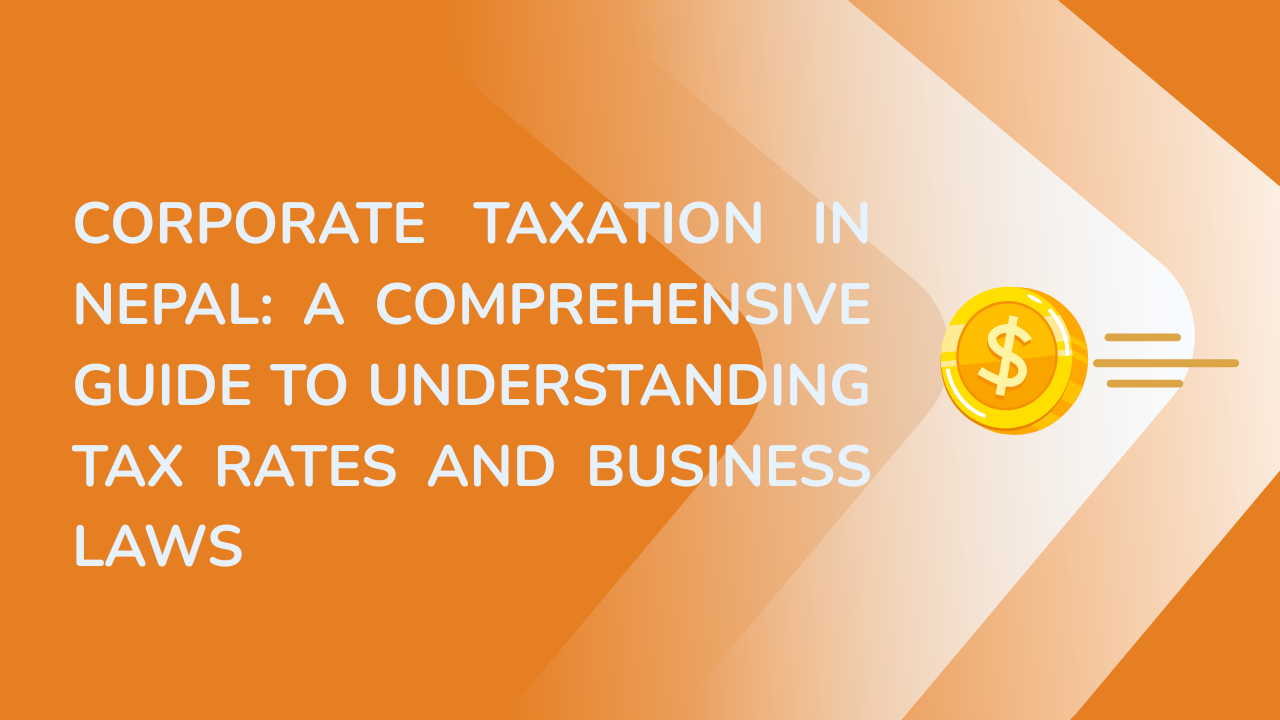Share this Article
Introduction: The Rise of Digital Payments in Nepal
Over the past decade, Nepal has witnessed a significant transformation in how people handle financial transactions. The traditional reliance on cash and manual banking processes is gradually giving way to digital solutions. One of the key drivers of this change is the widespread adoption of online payment gateways, which allow individuals and businesses to transfer funds securely and efficiently over the internet.
With internet penetration reaching over 80% in urban areas and growing steadily in rural regions, digital payments are no longer limited to major cities. From paying utility bills to shopping online, Nepali consumers increasingly rely on digital platforms for everyday transactions. This transition is not only shaping the consumer experience but also influencing business models, banking practices, and government policies.
Online payment gateways serve as the backbone of this digital economy. They provide a secure and streamlined system for authorizing, processing, and completing transactions between buyers and sellers. Understanding their functionality, benefits, challenges, and the regulatory framework in Nepal is critical for businesses, consumers, and policymakers alike.
What is an Online Payment Gateway?
An online payment gateway is a technology solution that facilitates electronic transactions between a customer and a merchant. Essentially, it acts as a bridge between the buyer’s payment method—such as a credit card, debit card, or mobile wallet—and the merchant’s bank account. Payment gateways encrypt sensitive information, verify transaction authenticity, and ensure that funds are transferred securely.
In practical terms, a payment gateway allows users to purchase products or services online without physically visiting a bank or paying with cash. It streamlines the payment process and reduces the risk of errors or fraud. In Nepal, these platforms have become indispensable for e-commerce, mobile applications, and even small-scale local businesses seeking to expand their reach.
The adoption of online payment gateways has also introduced a cultural shift in financial behavior. Consumers now expect convenience, speed, and security in every transaction, while businesses benefit from faster revenue cycles and easier financial management.
The Evolution of Payment Gateways in Nepal
Nepal’s journey toward digital payments has been gradual but transformative. For decades, financial transactions were primarily cash-based, with limited access to banking infrastructure in rural areas. Early attempts at digital banking focused on online banking portals provided by traditional banks, but these were limited in scope and accessibility.
The emergence of e-wallets and mobile payment platforms around 2010 marked a turning point. Platforms like eSewa, launched in 2009, introduced the concept of online bill payments, mobile top-ups, and peer-to-peer transfers. Soon after, Khalti, IME Pay, and other providers entered the market, offering simplified mobile-first payment solutions.
These platforms initially targeted urban populations with internet access, but over time, they have expanded into semi-urban and rural areas. Mobile phone penetration and affordable data plans played a crucial role in this growth. Today, online payment gateways in Nepal are no longer a niche service; they are integral to commerce, government services, and everyday life.
The growth has also encouraged cross-border remittance services, enabling Nepali workers abroad to send money home through digital channels, further embedding online payment systems into the economy.
Key Components of an Online Payment Gateway
A robust online payment gateway consists of several essential components, each serving a specific function to ensure smooth, secure, and reliable transactions.
Merchant Interface
The merchant interface is the dashboard or portal that allows businesses to manage transactions, track payments, issue refunds, and reconcile accounts. It often provides analytics and reporting features, enabling merchants to understand sales patterns and customer behavior.
Customer Interface
This is the front-facing component of the gateway, designed for ease of use by the consumer. Users can select payment methods, input payment details, and confirm transactions. A well-designed customer interface reduces friction and enhances trust in the digital payment process.
Transaction Processor
The transaction processor is the backend engine that securely communicates between the customer, merchant, and banking institutions. It validates payment information, checks available funds, and facilitates the transfer from the customer’s account to the merchant’s account.
Fraud Detection and Security Systems
Online payment gateways implement multiple layers of security, including encryption protocols, two-factor authentication, and fraud detection algorithms. These systems are essential to prevent unauthorized access, phishing attacks, and other malicious activities. Security is particularly crucial in Nepal, where digital literacy is still developing and awareness of cybersecurity threats is growing.
How Online Payment Gateways Work
Understanding the technical flow of transactions provides insight into why payment gateways are both secure and efficient.
- Transaction Initiation: A customer selects a product or service and chooses a digital payment option.
- Data Encryption: Sensitive information, such as credit card or bank account details, is encrypted using secure protocols like SSL (Secure Socket Layer) to prevent interception.
- Authorization Request: The payment gateway sends a request to the acquiring bank (merchant’s bank) to authorize the transaction.
- Bank Verification: The acquiring bank communicates with the issuing bank (customer’s bank) to verify available funds and validate the transaction.
- Approval or Decline: The issuing bank either approves or declines the transaction, and this response is sent back through the gateway to the merchant and customer.
- Settlement: Once approved, funds are transferred to the merchant’s account, and a transaction confirmation is issued.
This process, often completed in seconds, ensures that payments are secure and instantaneous, providing convenience for both consumers and businesses.
Popular Payment Gateways in Nepal
Nepal’s digital payment ecosystem has grown rapidly, with several platforms emerging as key players. These payment gateways have helped shape the country’s transition to a cashless economy. Each gateway has its unique features, target audience, and service offerings.
eSewa
Launched in 2009, eSewa is the pioneer of digital wallets in Nepal. Its growth has been instrumental in promoting online payments in both urban and rural areas. eSewa started as a platform for paying utility bills and mobile top-ups but has since expanded into a comprehensive service that includes:
- Online shopping payments
- Fund transfers between users
- QR code-based merchant payments
- Integration with banks for direct transactions
eSewa’s success can be attributed to its focus on user trust, simplicity, and widespread merchant adoption. It has partnered with numerous businesses and government agencies, enabling users to pay for a variety of services through a single platform. Its interface supports both desktop and mobile, making it accessible to a wide range of consumers.
Khalti
Khalti entered the market with a mobile-first approach, targeting tech-savvy users. Khalti emphasizes simplicity, ease of use, and mobile wallet functionality. Its services include:
- Online bill payments
- Mobile recharge
- Merchant payments via QR codes
- e-Commerce integration
Khalti has grown popular among younger audiences due to its intuitive interface and gamified features like reward points and cashback offers. The platform also collaborates with educational institutions and startups, expanding its ecosystem beyond simple payments.
IME Pay
IME Pay, operated by IME Group, leverages Nepal’s extensive remittance market. It enables domestic and international fund transfers, alongside traditional mobile wallet functions such as:
- Bill payments
- QR code payments
- Mobile recharge
IME Pay is particularly known for facilitating cross-border remittances, allowing Nepali workers abroad to send money to families conveniently. Its partnerships with banks and mobile operators make it a trusted platform for secure transactions.
Other Notable Gateways
Several smaller but growing gateways also contribute to Nepal’s digital payment landscape, including PayWay, ConnectIPS, and PrabhuPay. These platforms target niche markets, such as e-commerce integrations or regional remittance solutions, further enhancing the diversity of available digital payment options.
Benefits of Using Online Payment Gateways
The adoption of online payment gateways provides a multitude of benefits for both businesses and consumers. These benefits extend beyond mere convenience, influencing financial behavior, economic growth, and digital literacy in Nepal.
Convenience and Accessibility
Online payment gateways allow users to complete transactions anytime and anywhere, removing the need to visit a bank or carry cash. This convenience is particularly significant in Nepal, where traveling to banks can be time-consuming, especially in rural areas.
Mobile wallets and apps enable instant payments with just a few taps, reducing friction for users and encouraging wider adoption. Services like eSewa and Khalti make it possible to pay utility bills, school fees, or online purchases without leaving home.
Speed and Efficiency
Transactions through payment gateways are processed in real-time or within a few hours. For businesses, this ensures faster cash flow, easier reconciliation, and improved operational efficiency. Customers benefit from instant confirmation of payments, eliminating delays associated with traditional banking processes.
Enhanced Security
Security is a primary concern for digital transactions. Payment gateways implement advanced encryption protocols, secure sockets layer (SSL) certificates, two-factor authentication, and fraud detection algorithms. These measures protect sensitive data and reduce the risk of unauthorized transactions.
For Nepali consumers who may be wary of digital payments, security features help build trust in online platforms. Many gateways also provide transaction alerts, account activity monitoring, and fraud reporting, reinforcing confidence in digital payment methods.
Financial Inclusion
Nepal faces challenges related to financial inclusion, with a significant portion of the population unbanked or underbanked. Online payment gateways bridge this gap by providing mobile-based financial services accessible even without a traditional bank account. Through mobile wallets and QR code payments, more people can participate in the digital economy.
Tracking and Reporting
Payment gateways provide detailed transaction histories, reports, and analytics, which help businesses track sales, manage accounts, and plan strategies. Customers also benefit from clear records of payments, enabling better budgeting and financial management.
Support for E-commerce Growth
Online payment gateways are crucial for the growth of e-commerce in Nepal. Platforms like SastoDeal, Daraz, and local startups rely on gateways like eSewa and Khalti to process payments securely. This integration encourages entrepreneurship, helps local businesses reach wider audiences, and strengthens the overall digital economy.
Real-World Examples of Benefits
Consider a small Nepali business selling handmade crafts online. Without a payment gateway, the business would rely on cash-on-delivery or bank transfers, both of which are slow and risky. By integrating eSewa or Khalti, the business can receive payments instantly, track sales, and expand its customer base nationwide. Similarly, students paying college fees or families receiving remittances can complete transactions safely without traveling to banks or money transfer agents.
Conclusion
Online payment gateways have become a cornerstone of Nepal’s digital economy, transforming the way individuals and businesses handle financial transactions. From pioneering platforms like eSewa and Khalti to emerging gateways catering to niche markets, these systems have made payments faster, more secure, and more accessible. By bridging the gap between traditional banking and modern digital commerce, payment gateways have empowered consumers, enabled businesses to expand, and fostered financial inclusion across the country.
Despite the progress, challenges remain. Limited internet access in rural areas, cybersecurity threats, regulatory constraints, and the need for greater digital literacy continue to influence adoption. However, the government’s policies promoting a cashless economy, coupled with technological advancements in security, fraud detection, and mobile-based payments, are creating an environment conducive to growth.
Looking ahead, the future of online payments in Nepal is promising. Integration with e-commerce, the adoption of QR code payments, AI-driven security measures, and potential exploration of blockchain technology will further enhance efficiency and trust. Businesses and consumers who embrace these digital solutions will benefit from convenience, reliability, and real-time financial management, helping Nepal move toward a truly cashless, modern economy.
In essence, online payment gateways are not just a technological tool—they are catalysts for economic development, digital empowerment, and financial inclusion. Their continued evolution will define how Nepalis interact with money, commerce, and financial services in the years to come.
Categories:
Marketing & Growth
Tags:
Role of Social Media







